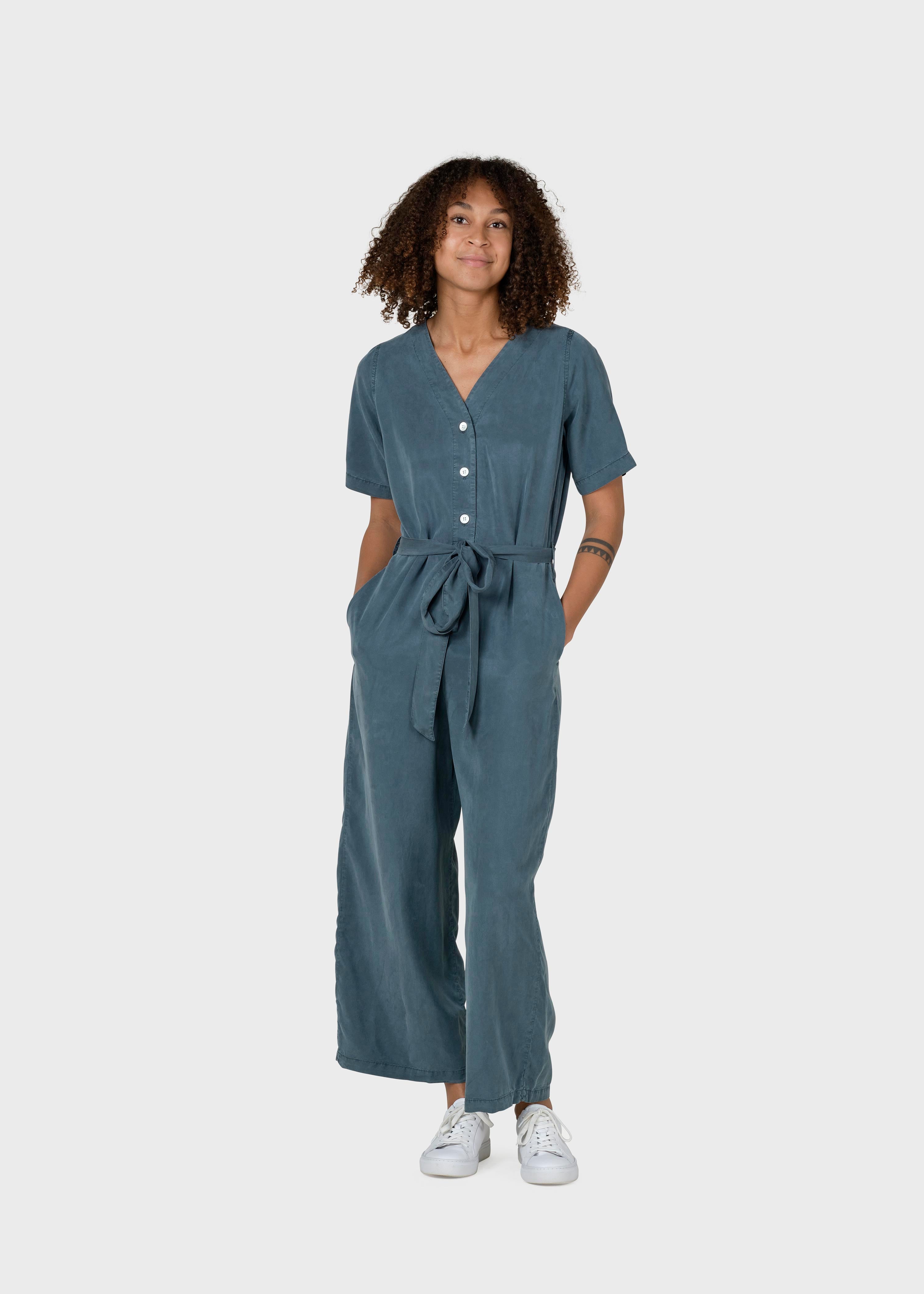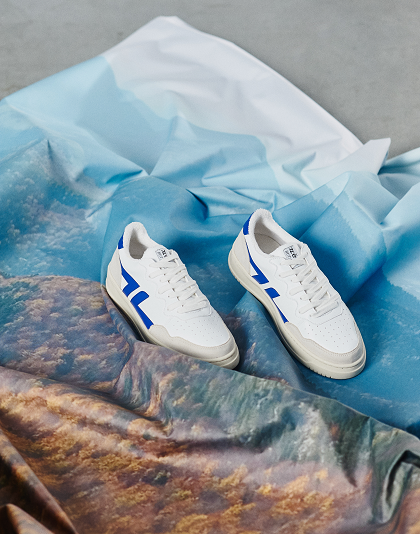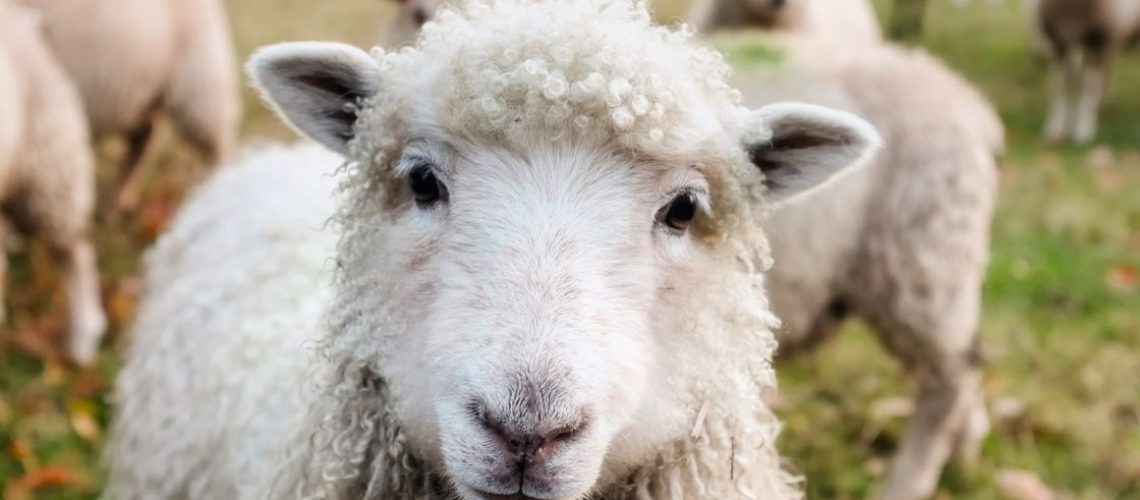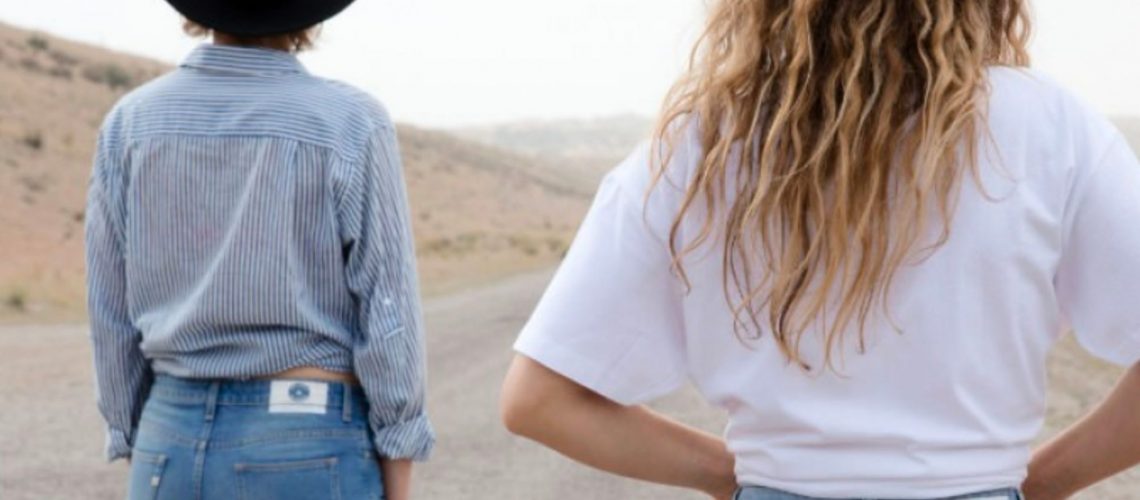The sunny days are here, we can finally dig out our favorite little dresses and t-shirts from the back of the closet! Make way for colorful clothes, patterns, and light fabrics…
But this year more than ever, what if we tried to do without fast fashion, for a responsible summer look? Many of us are aware of the environmental impact of our clothing, and want to adopt a more eco-responsible style. And that’s good, because the materials used by slow fashion brands are often perfect for summer: light, breathable and soft. Shall we show you?
“The most eco-friendly clothing is in our closet”
Since summer clothes have not been used for several months, a memory refresh is necessary to avoid succumbing to impulsive purchases. Rediscover your tank tops, t-shirts, shorts and skirts forgotten at the back of the closet!

But to enjoy your summer wardrobe for a long time, two criteria are essential:
- Have timeless clothes, basics that go with everything (or almost). This will allow you to enjoy yourself in the long term since you will still be happy to wear them in a few years.
- Choose quality clothes, not those that pill and lose their color after wearing them three times. This means avoiding fast fashion pieces but also taking care of your clothes!
Eco-responsible, breathable and comfortable materials
If after checking your wardrobe, you still need some clothes, we can only advise you to favor certain materials. Because in terms of eco-responsibility, not all textiles are equal! Here are our top 3 for summer.
Cotton, which alone represents half of the world's textile fiber, is mainly produced in countries such as China, India, the United States, Brazil and Pakistan. It only represents 3% of the world's agricultural land, but almost 25% of pesticides!! It also consumes a lot of water (2700 liters for a single t-shirt). In short, not great at all for the planet.
Organic cotton is therefore a good alternative since it prohibits the use of synthetic pesticides during production. A commitment far from being the least since the health of farmers is often endangered by these products. It also requires up to 10 times less water
Recycled cotton, for its part, emits almost 10 times less CO2 than new cotton. It also does not need any additional fertilizers or pesticides. And even better! It transforms waste into raw material. A godsend when we know that Each Swiss person gets rid of an average of 8kg of clothing per year . The cotton already present in our clothes is therefore a real gold mine, for transforming the textile industry into a circular economy.
To find you there, look for the Recycled Claim Standard (RCS) or Global Recycled Standard (GRS) labels on the labels.
To benefit from the softness and comfort of cotton, we will therefore favor organic cotton as much as possible (GOTS certified, which is even better) and recycled cotton.
Linen is nothing more and nothing less than the only natural textile fiber to grow near us! Yes, 2/3 of world production is European. Flax is grown among our neighbors in France, Belgium, the Netherlands…
In addition to that, unlike cotton, flax only needs rainwater to grow and needs almost no fertilizer! It also has the advantage of growing twice as fast as its cousin cotton.
And if we had to give you one last bonus argument to convert to flax: 1 hectare of flax retains 3.7 tonnes of CO2 every year!!
Only problem: more than 80% of European linen is today exported to China and India to be transformed into clothing before returning home.
Fortunately, local brands are fighting to continue to bring the textile know-how of our territories to life, with a reduced carbon impact. And the result is there! We are thinking in particular of brands like Naz , Quiet Emile Or kipluzet that we sell on Clother.
Lyocell or tencel in fashion
If you don't know lyocell yet, our little finger tells us that it will become your favorite summer material! Nicknamed “vegetable silk”, this material is extremely soft and breathable. It is ideal for hot weather since it limits odors while being very comfortable.
Made from eucalyptus, oak or bamboo bark, lyocell does not require cutting down trees for its manufacture. All you have to do is strip the tree of its bark.
To once again make the comparison with cotton, lyocell produces 10 times more material per cultivated hectare. And all this, with very little water and no pesticides.
More and more eco-responsible brands are opting for this material. Here is a Clother selection
To buy less, we favor existing pieces in our wardrobe, we find new uses for certain clothes, we exchange with our friends, we have our clothes repaired….
By reducing our needs, we can then afford to buy 4 or 5 pieces each season, to complete our wardrobe. 4 or 5 quality clothes, which will themselves last several years. Clothing for which we know the place of production, the materials used and the way in which it was made. To rediscover the pleasure of buying better 🙂
It is sometimes difficult to resist the lure of the season's trends, and from time to time you can treat yourself with a “favourite” purchase from the seasonal trend. But by limiting these impulsive purchases as much as possible, we are making a real gesture for the planet. We can do it 💪



















